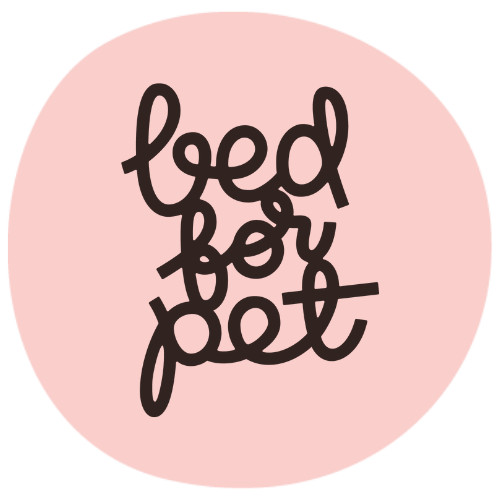
The difference between obligate carnivores (e.g. cats, eagles, snakes) and omnivores (e.g. dogs, bears, humans) is that the latter are able to synthesize a variety of nutrients from both plant and animal sources, while obligate carnivores lack this ability and the only way for them to get many of the required nutrients is directly from the food that contains them. For example, Guidi in her book “Canine And Feline Nutrition And Dietetics” (2020) writes, that dogs synthesize vitamin A from b-carotene (found in carrots, sweet potatoes and dark green vegetables), while in cats the enzyme necessary for such synthesis is either strongly deficient or absent and the only way for them to get an adequate amount of vitamin A is to eat animal sources that contain it.
Another crucial difference between cats and dogs is that cats are not able to digest carbohydrates as efficiently as dogs do as “cats do not have salivary amylase and they have lower amounts of pancreatic amylase than dogs” (Guidi, 2020).
- vitamin D (found in fish, liver, beef, egg yolks, etc.);
- niacin (poultry, fish, beef, etc.);
- adequate amounts of taurine (although it is present in many animal protein sources, such a chicken, turkey, fish, all commercial foods are required to have extra taurine added; here is why);
- citrulline (but they can convert arginine to citrulline, as a result, a single arginine-free but protein-containing meal can cause death);
- arachidonic acid (found in poultry, animal organs and meat, fish, seafood, eggs);
Because cats have a reduced ability to conserve nitrogen, high (in vitro) activity of enzymes that break down protein and a limited ability to adjust protein oxidation to low consumption of dietary protein (meaning, their body will use protein, if not from food, then from their own muscles and organs), they need to consume at least the minimum required amount of protein regularly, otherwise they will start to lose weight and show other signs of amino acid deficiency (see pic. 1.2).

But having a high-protein diet doesn’t mean eating only muscle meat. Cats can benefit from some carbohydrates in the diet, fats are necessary, and so is fiber. Organs are a source of animal fat, vitamins and minerals (organs are not necessary, if a good “completer” supplement is used).


Simple carbohydrates are digested fast and raise blood glucose rapidly. It takes a cat 4 hours to get their blood glucose back to the baseline. In comparison, it only takes 1.5 hour for a dog.
In many commercial diets (even super premium ones) the amount of grains well exceeds 10%, as grains are a cheap source of energy and plant protein (plant protein is not complete and balanced for cats).
Corn is often used in cat food as a source of carbohydrates, it is very cheap, but it is highly prone to mold infestation. Alternatively, rice can be used (if prepared correctly and the amount is minimal it is easy to digest for cats), buckwheat or quinoa.
So if a food doesn’t contain any grains, does it mean it’s more biologically appropriate? Not really. Often no-grain cat food will still have a high carbohydrate content. Cat food manufacturers may use potatoes instead of grains.
So, if you want to feed your cat a more biologically appropriate diet, you will choose one where not more than 20% of calories come from carbohydrates, be it grains or other sources. Some nutritionist argue, that more than 10% of calories coming from carbohydrates is excessive.
- Canine and Feline Nutrition and Dietetics: A Guide for the General Practitioner by Debora Guidi, 2020
- Canine and Feline Nutrition by Linda P. Case, 2010
- Applied Veterinary Clinical Nutrition. Editors: Andrea J. Fascetti, Sean J. Delaney, 2012
- Small Animal Microbiomes and Nutrition by R. Saar, S. Dodd, 2024

DISCLAIMER: the content of this article is for informational purposes only and not intended to be a substitute for professional advice, diagnosis, or treatment of a veterinarian or veterinary dietician/nutritionist. The content of this anrticles is not intended to be a substitute for individualised professional veterinary advice, diagnosis, or treatment, and reliance should not be placed on it. For personalised veterinary or cat nutrition advice, users should make an appointment with their a qualified pet health care professional. We strongly recommend consulting with a veterinarian/veterinary dietitian/board certified veterinary nutritionist before introducing any new products to your pet's diet, especially if your pet has any known or suspected allergies or dietary restrictions. Each cat’s health is unique, and their nutrition should be tailored to their specific needs.
BedForPet Prague is a community of experienced volunteers and pet-owners.
Don’t hesitate to reach out, we’ll do our best to help.
Open chat in Ukrainian/Russian: Prague Pets
Open chat in English/Czech: Rio’s Angels
